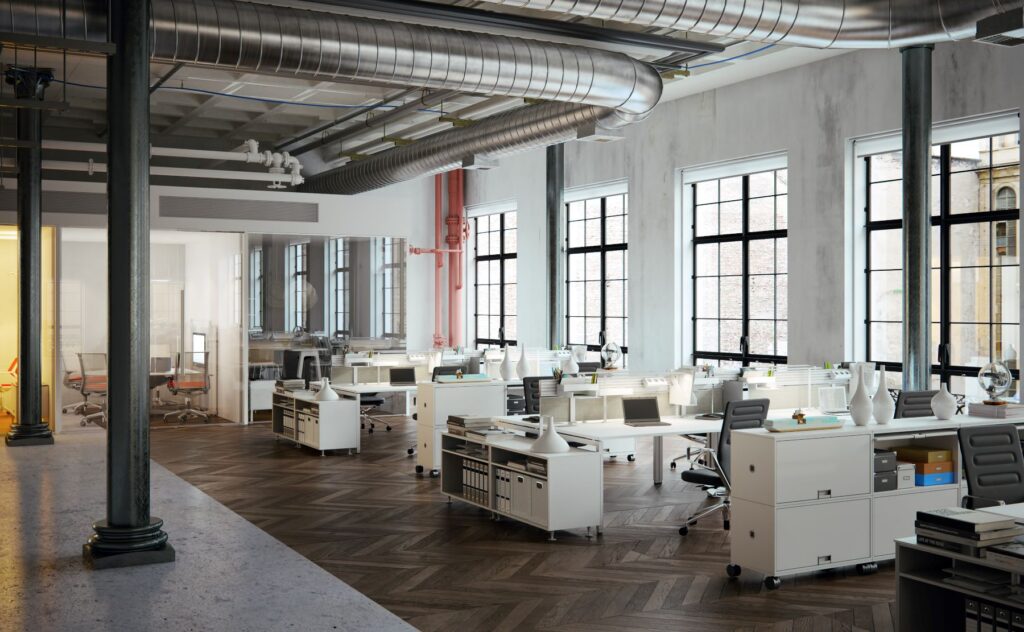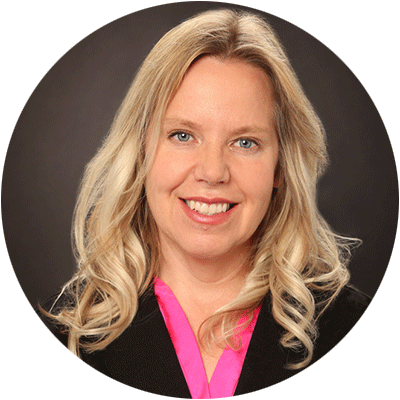One of the first steps in listing a property for lease or sale is determining the true size of the space. So how do you accurately measure a commercial real estate space?
This can often be much more complicated than it seems, particularly in a multi-tenant building or in older buildings that have been renovated multiple times. There are several options to determine the size of the space that offer varying degrees of accuracy. Before we start there are some terms that we will need to be familiar with.

Space Measurement Terms
- Gross Square Feet: A building’s total square footage including all vertical penetrations such as elevator shafts and columns. Gross square footage is generally not used unless a single tenant is leasing the property
- Rentable Square Feet: The total square footage of a building excluding vertical penetrations and non-accessible or usable areas. The rentable square footage includes the common areas, lobbies, mechanical rooms, riser rooms, elevator rooms, janitorial closets, and other areas that service the premises.
- Usable Square Feet: The total square footage of a tenant’s individual space excluding all common areas or the amount of usable space available to a tenant.
- Load Factor: The ratio of a building’s rentable square footage to its usable square footage.
- BOMA: Building Owners and Managers Association, an organization responsible for creating the best practices to accurately measure a space.
- As-Built: An accurate and detailed floor plan showing a commercial suite or building in its current or “As-Built” form.
- CAMA: Computer Assisted Mass Appraisal. CAMA is an automated system municipalities use to determine a property’s tax value.
BOMA The Industry Standard for Commercial Space Measurement
Now that we have a basic glossary of terms, let’s take a closer look at some options to determine the size of a commercial space.
The industry standard for measuring space is the BOMA Standard. BOMA is recognized as the international measurement standard for all commercial property asset types. BOMA regularly updates the standards to offer the most accurate measuring. They take all best practices into consideration when measuring a space. This ensures consistency no matter the space layout, asset type or construction type.
BOMA makes a distinction between the building’s gross square footage, the rentable square footage, and the usable square footage. They take into account the building’s vertical penetrations such as elevator shafts and columns, the difference between exterior walls and exterior glass, interior demising walls, and common areas such as lobbies, hallways and shared restrooms.
Having a clear understanding of these standards will allow a landlord or tenant to make an accurate assessment of the property’s square footage. For the most accurate numbers, an architect can provide a property’s BOMA measurements.
As-built drawings include precise measurements and locations of features such as walls, doors, windows, utilities, equipment, fixtures and structural elements. This accuracy is crucial for understanding the current state of the property and can be necessary for demising or renovating spaces.
Having a set of as-built drawings created and preparing BOMA measurements can be a costly process. Depending on the complexity of the space, costs can range from $.50 to $3.00 per square foot.
Is it worth the cost to have a professional measure my space?
There are alternatives to having as-builts and BOMA measurements prepared such as manually measuring the space, using a 3D scan or using tax records. The downside is that they may not be as accurate and can cause a landlord headaches later on. This means a building owner may be leaving money on the table or overcharging tenants.
Here is a case study of measurement discrepancies on a fully leased, multi-tenant office building with 20,000 rentable square footage, and a NNN lease rate of $15 per square foot. The cost to create as-builts and provide BOMA measurements of the building is $30,000 or $1.50/square footage.
The original leases are based on manual measurements of the space and failed to take into consideration the property’s load factor. The total square footage of the leases is 15% less than the square footage derived using BOMA standards and as-builts. The total cost of the error was $44,000 per year in NOI and cost the landlord $675,000 in property value when the owner listed the property for sale at a 6.5% cap rate.
Another option is a 3-D scan of the space such as a Canvas or Matterport scan. Interior scans create an accurate and detailed scan of the property’s interior spaces but do not calculate rentable and usable square footage. This can create an under estimate of rentable square footage if all common areas are not scanned as well. Assuming the building’s load factor is 1.20% this could cause the landlord to undercharge. It would cost $50,000 in NOI annually and cost the owner $770,000 at the time of sale using a 6.5% cap rate.
CAMA/Tax Records – Every building has a CAMA report with measurements in Montana. CAMA only breaks down the square footage on a per-floor basis. This means it is not useful in determining the sizes of individually leased spaces in a building. Additionally, CAMA measurements are often inaccurate as they may not take into account recent changes to the property. CAMA numbers should always be double-checked.
Although investing in accurate plans and measurements can be a large upfront cost for a landlord, the return on investment usually makes the cost worthwhile. Accurate plans can expedite property improvements and renovations as well. Whether holding, buying, or selling every owner should know their property’s precise square footage and the load factor when applicable.



